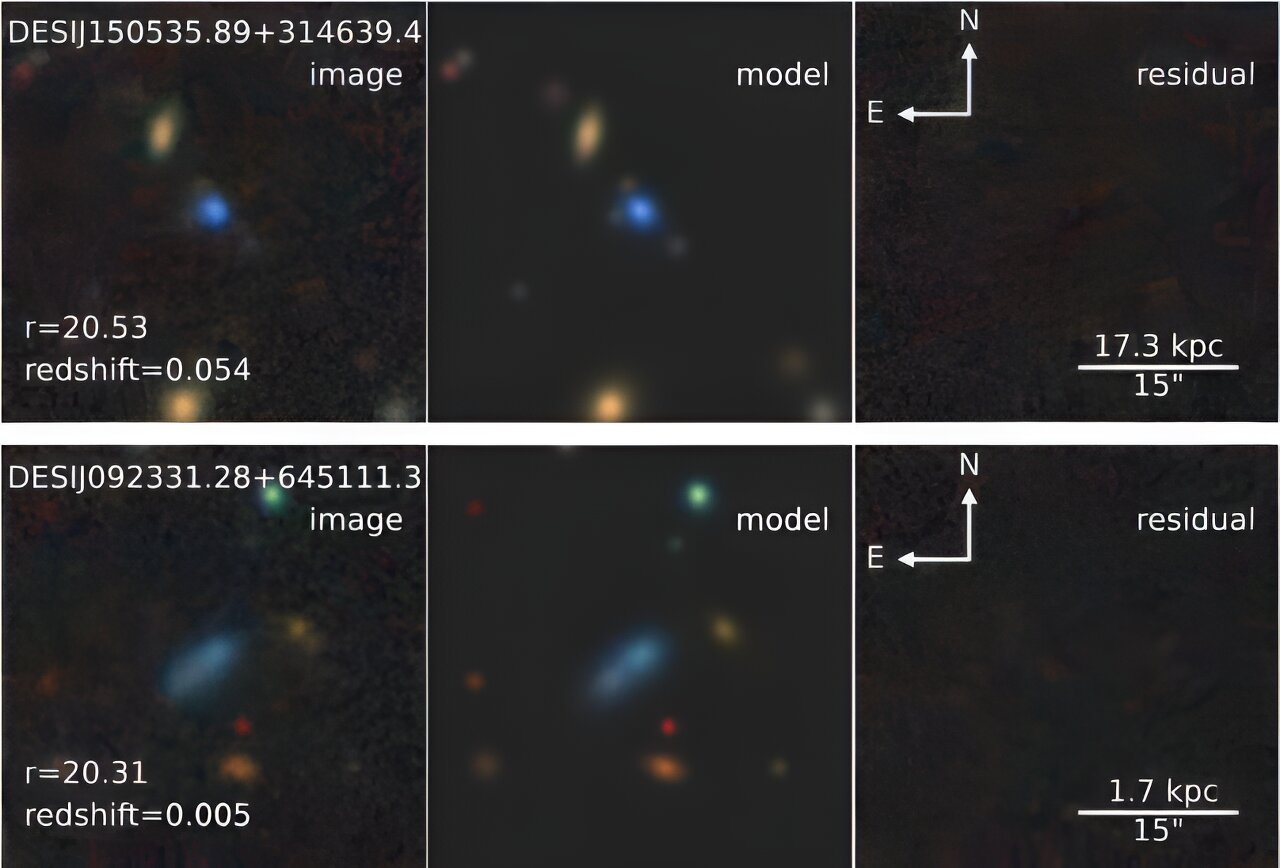By analyzing the early data from the Dark Energy Spectroscopic Instrument (DESI), an international team of astronomers has identified 95 new extremely metal-poor galaxies at a low redshift. The finding is detailed in a paper published December 1 on the pre-print server arXiv.
Although XMPGs are assumed to be quite common at high redshift, they are difficult to observe due to their low masses. Therefore, astronomers are interested in the observations of local XMPGs at low redshift, as they are perceived as possible analogs of primeval high-redshift young galaxies of this type in terms of mass and metallicity.
Now, a group of astronomers led by Hu Zou of the University of Chinese Academy of Sciences in Beijing, China, has obtained a large sample of XMPGs based on the early data from DESI.
“This work focuses on the analysis of DESI early data, including the Early Data Release (EDR; DESI Collaboration et al. 2023b), the detection of XMPGs and exploration of their mass-metallicity relation,” the researchers wrote in the paper.
All in all, the team first selected 1,623 star-forming galaxies with significant oxygen emission lines detection. From this sample, they identified 223 extremely metal-poor galaxies at redshifts below 1.0. Finally, they confirmed 95 of them as bona fide XMPGs, while the 128 galaxies remain XMPG candidates.
2023-12-17 19:00:04
Link from phys.org rnrn
